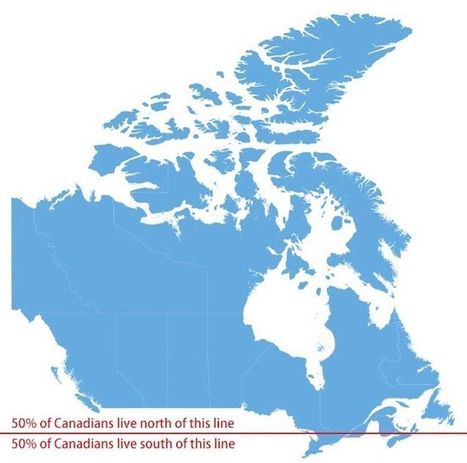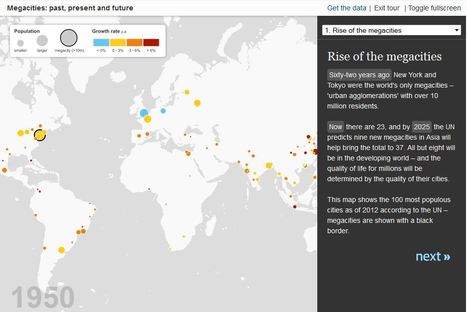"Back in the ’70s, almost a hundred reporters around the country – Washington Post bureau chiefs, rovers, freelancers and me, their desk-bound editor – were trying to get our arms around how North America worked, really. Not how it should work. But how it did work. Forget those nice neat rectangles in the middle of the U.S. Let’s be real: The mountains of western Colorado are totally alien from the wheat fields of eastern Colorado. And Miami is part not of Florida, but its own watery Caribbean realm. And what a terrible idea is 'California.' It behaves as if it covers three warring civilizations. The result was my 1981 book, 'The Nine Nations of North America.' The reader reaction was astonishing. This map – drawn to anticipate the news – revealed something much deeper. It turned out to be a map of culture and values, which have nothing to do with our perversely drawn state and national boundaries."

|
Scooped by GTANSW & ACT |





 Your new post is loading...
Your new post is loading...











An interesting look at settlement patterns in the USA if using this to compare with spatial patterns in Australia. A deeper examination will reveal reasons for differences in settlement patterns between the two nations.
Syllabus
Students investigate differences in urban settlement patterns between Australia and another country, for example:
Geoworld 9 NSW
Chapter 7: Urban settlement patterns Australia and the USA
7.1 Population concentrated near coasts
7.2 Urbanisation of indigenous populations
7.3 Is Australia a nation of tribes?
7.4 Nature in control
7.5 Coastal colonial cities and ports
7.6 USA: Settlement, geography and history
7.7 Large cities: Contrasting patterns
7.8 Sprawling suburbs: similar patterns
7.9 Consequences of urban concentration
Geothink Activities 3 and 4.